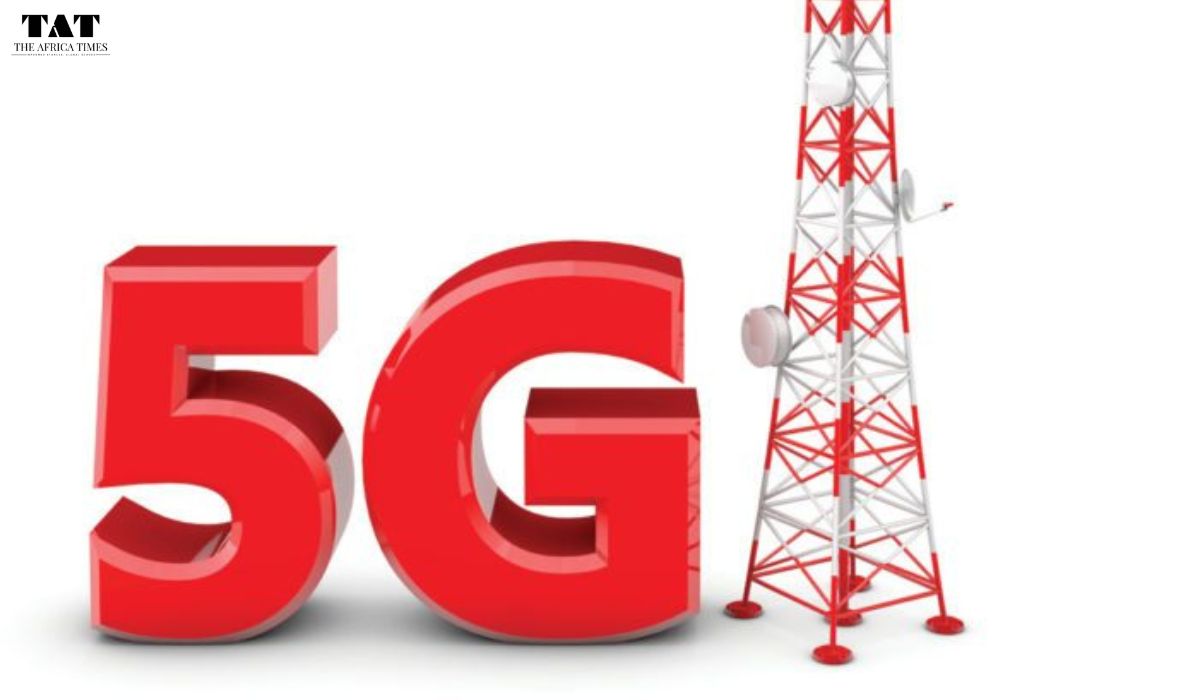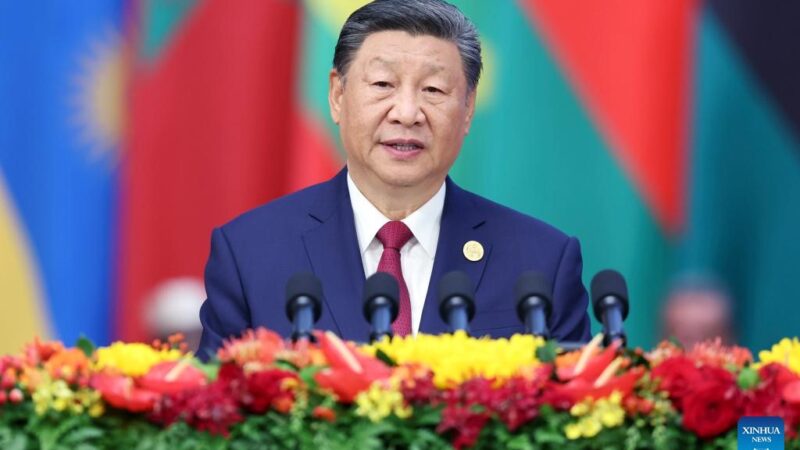The Trend from 1g to 5g

History of Mobile Technology from 1G to 5G
There was a time when your internet was moving slowly like a slug’s tracks, and high-definition video streams were mere imaginations. This was the picture not so long ago, drawn in the sluggish dial-in colors of 1G technology. Fast forward a few decades, and the background of our digital selves has been painted into an explosive painting of fire-speed, smooth interdependence, and unbound creativity. This is a story about the mobile technology evolution from the modest sounds of 1G to 5G technology.
1G: The Dawning of Mobile Communication:
It all started with a faint beep, the grainy whisper of voice calls on the move. 1G technology, originating from the 1980s, was the cautious first step towards a networked world. Only analog voice calls with periods of static and dropped connections were the domain of bulky brick phones, unlike today’s slim smartphones. However, 1G was innovative as it opened ways for communication without being attached to landlines.
2G: Stepping into the Digital Age:
2G technology brought a digital dawn to the 1990s. The crude bricks became smoother handsets, and the radio waves hummed with SMS text messages, the silly thrilling of digital communication. Somewhere along the line, primary internet access showed up, although at speeds that would make today’s teens laugh. However, 2G was revolutionary for its time, connecting customers outside of voice and setting the fires of a digital revolution ablaze.
3G: The Rise of the Smartphone:
With the arrival of the new millennium, the 3G era began, and suddenly, our world was reduced to the size of palms. Smartphones appeared, with touchscreens and incredible capabilities that would have confused the users of 1G. Though grainy and laggy, video calls became a thing.
Mobile internet speeds finally escaped dial-up captivity to allow web browsing, music streaming, and primitive social media. 3G was the link between the basic functionality of its predecessors and the unlimited opportunities offered by the future.
4G: The Speed Takes Over:
4G emerged with a bang in the era of technological evolution of the 2010s. Bandwidth constraints crumbled, download rates shot up, and video streaming changed from sluggish annoyance to easy-moving entertainment. Social media went ballistic, online games found a home, and mobile applications changed how we communicate with our environment. Fourth generation 4G ignited a digital storm that turned our phones into gateways to information and connection.
5G: One Byte at a Time the Future Unfolds.
With the arrival of a new era, we now stand at the brink of the edge of 5G. This 1G to 5G technology is more than an upgrade; it’s a paradigm shift. The download speeds compared with fiber optic connections, split-second latency, and support for billions of devices simultaneously. This 1G to 5G technology evolution is a vision of a completely transformed world.
The 1G to 5G technology revolution went from smart cities to self-driving cars, from remote surgery to immersive virtual reality; 5 G opens Pandora’s possibilities, merging the boundaries between physical and digital worlds in an age.
Challenges and Opportunities:
This thrilling climb from 1G to 5G technology hasn’t been without its bumps. Some challenges that must be overcome before 5G is fully realized include infrastructure gaps, affordability issues, and security threats. However, the great opportunities far outweigh the challenges. The impact of 1G to 5G technology in bridging the digital divide, enriching economic growth, revolutionizing health care, and enabling scientific advancement is immeasurable.
The Rise of Intelligence in 5G:
5G is about data dancing to the tune of artificial intelligence, not just about sheer speed. Real-time experience personalization, demand prediction, and network performance optimization are all made possible by embedded AI algorithms. Imagine cities modifying traffic signals and resource allocation based on real-time data analysis or self-healing networks identifying and addressing problems before you even see them.
5G’s intelligent opens the door for hyper-personalized services, predictive maintenance, and even autonomous systems. The future of mobile technology lies not just in connecting quickly but also in using that connection wisely to create a more intelligent and responsive society.
Conclusion:
The transformation from 1G to 5G technology is an emblem of human creativity and a staggering demonstration of technical evolution. From bulkier bricks to portable power stations, from simple communications to hyperconnectivity, what is coming next may not only be more mind-boggling but As we celebrate the rapid adoption of 5G, let us recall the origins of our journey, those who dared to imagine a world without limits and connected at all times.
Also Read:






